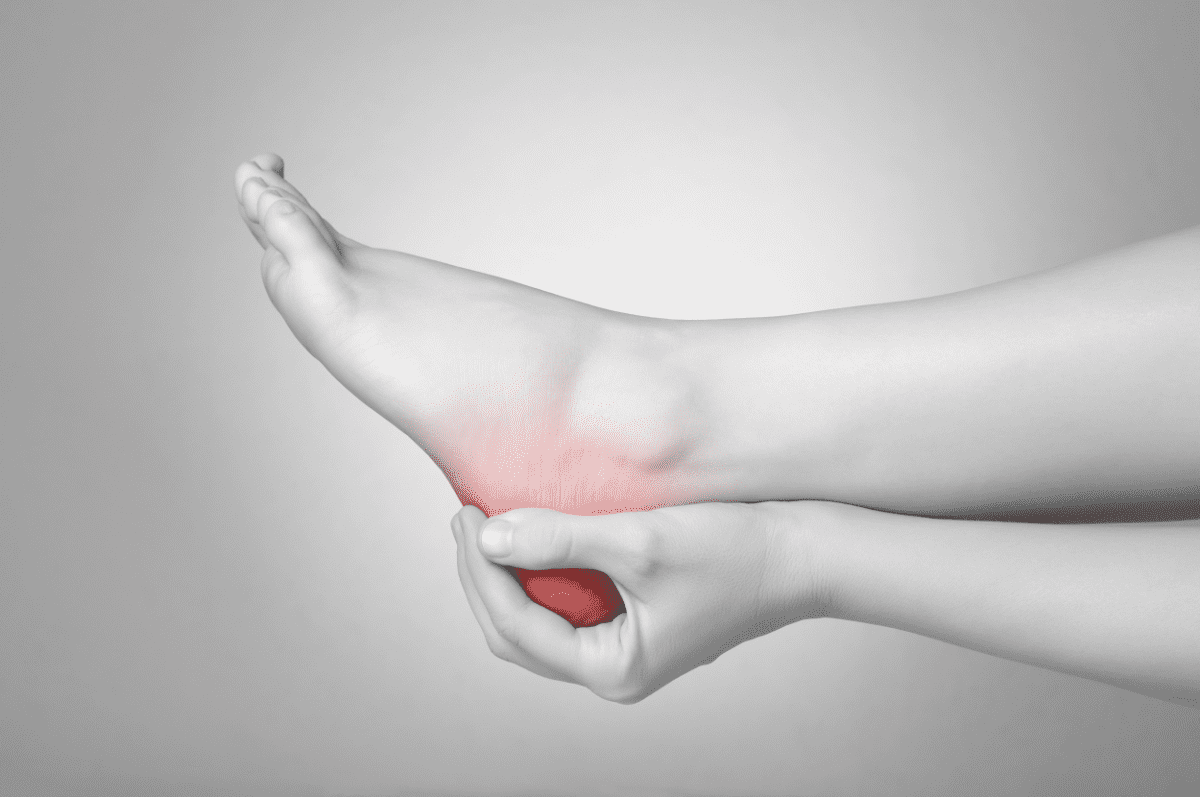Our feet, the unsung heroes of our daily lives, bear the weight of our bodies and propel us through countless steps each day. Yet, when discomfort strikes, particularly in the form of foot arch pain, it can dramatically impact our mobility and overall well-being. Whether you’re an athlete dealing with the strain of training or someone whose daily routine has become a painful ordeal, finding good ways for treating arch pain is essential to maintaining a high quality of life.
Your feet are not just an extension of your legs. They are actually the foundation of your body and play an important role in total body health. Functions of the feet include bodyweight transmission, balancing posture and assisting ambulation. When your feet are transmitting your body weight to the ground while jogging, walking or standing they are utilizing several important anatomical structures. These structures include the arches, heels and metatarsophalangeal joints.
Your arches are crucial in reducing the potential musculoskeletal wear or damage. Their elastic properties allow them to spread and store the ground contact reaction forces over a longer period of time until returning them to assist in the next step. Doing this reduces the energy cost of walking and has even bigger returns for treating arch pain where there are greater vertical forces such as running.
Properly functioning arches are also required to enable healthy weight bearing and movement. If there is a problem with arch support, the consequences can be far-reaching. Below are a couple of serious problems that can affect your arches:
Pes Cavus or Cavus Foot
Pes cavus is when the arch is raised higher than normal. The arch of a cavus foot appears higher especially when standing. Additionally, there may be one or more symptoms present accompanying the raised arch such as hammertoes or claw toes, calluses on the heel, side or ball of the foot, pain while standing or walking, and instability due to an inward tilted heel.
Cavus foot often originates from another medical condition or neurological disorder such as cerebral palsy, spina bifida, polio, Charcot-Marie-Tooth disease, muscular dystrophy, or stroke. In some cases, it could be a representation of abnormal structure in the foot. An indicator of cavus foot due to neurological disorder could be ‘foot drop’, which is a weakness in the ankle and foot muscles causing the foot to drag when taking a step.
Plantar Fasciitis
Plantar fasciitis is a common cause of heel pain resulting from inflammation of the thick band of tissue connecting your toes to your heel bone. This is often times provoked by tension overstressing the fascia as a result of repeated tearing and stretching which leads to inflammation and irritation. It can present as a stabbing pain, commonly first thing in the morning. Once you get up and move around a bit you might find that the pain subsides, but can return after long periods of activity.
Plantar fasciitis can be common in people who are wearing shoes with a lack of support, who are overweight, and athletes such as runners. Consider one of these doctor-recommended shoes for plantar fasciitis. The risk factors for developing this painful condition can be increased due to certain types of prolonged activity and any awkward foot mechanics affecting weight distribution and which place additional stress on the plantar fascia.
Effects of High Arches
Not only could high arches cause you serious discomfort and pain, but could lead to significant damage to your toes, heel, ball of your foot as well as ankles if a lack of support continues. High arches have less surface area to distribute the vertical forces placed on the feet. With an imbalance in the distribution of weight, the side effects could include instability, bent or clenched toes, severe foot pain, calluses and/or corns on the balls, heels or sides of feet.
As a result of poor weight distribution, you might find that the side effects when treating arch pain could lead to injury in other parts of the body since it has the ability to affect your body mechanics. If you’re dealing with the symptoms of cavus foot such as an inward tilted heel, you could be more susceptible to ankle sprains as a result of body weight traveling over your ankle and landing on the outside of the heel’s point of contact with the ground. Likewise, poor alignment and shock absorption resulting from the symptoms of high arches could also have serious impacts on the health of the knees, and hips.
Untreated these side effects could worsen over time. If you are suffering from cavus foot because of a neurological disorder, it is most likely that symptoms will worsen as they progress.
What Can You Do?
You should always consult a physician to diagnose as well as safeguard against possible nerve damage and/or bone conditions when seeking treatment for pain related to high arches. There are some non-surgical treatments that you can take advantage of in the interim to help alleviate discomfort or pain.
A simple solution to treating arch pain might be using corrective shoes or orthotic aids like arch supports. The best arch supports for high arches will fit properly and securely on your feet and in your shoes without slipping, and offer support and cushioning to your arch. Other options might include the use of a brace or higher topped shoes to support the foot and ankle. Implementing better support and stability for your arches can help improve shock absorption and alignment of the hips, knees, ankles, and feet. This reduces stress on joints and may provide relief of any related lower back pain.








